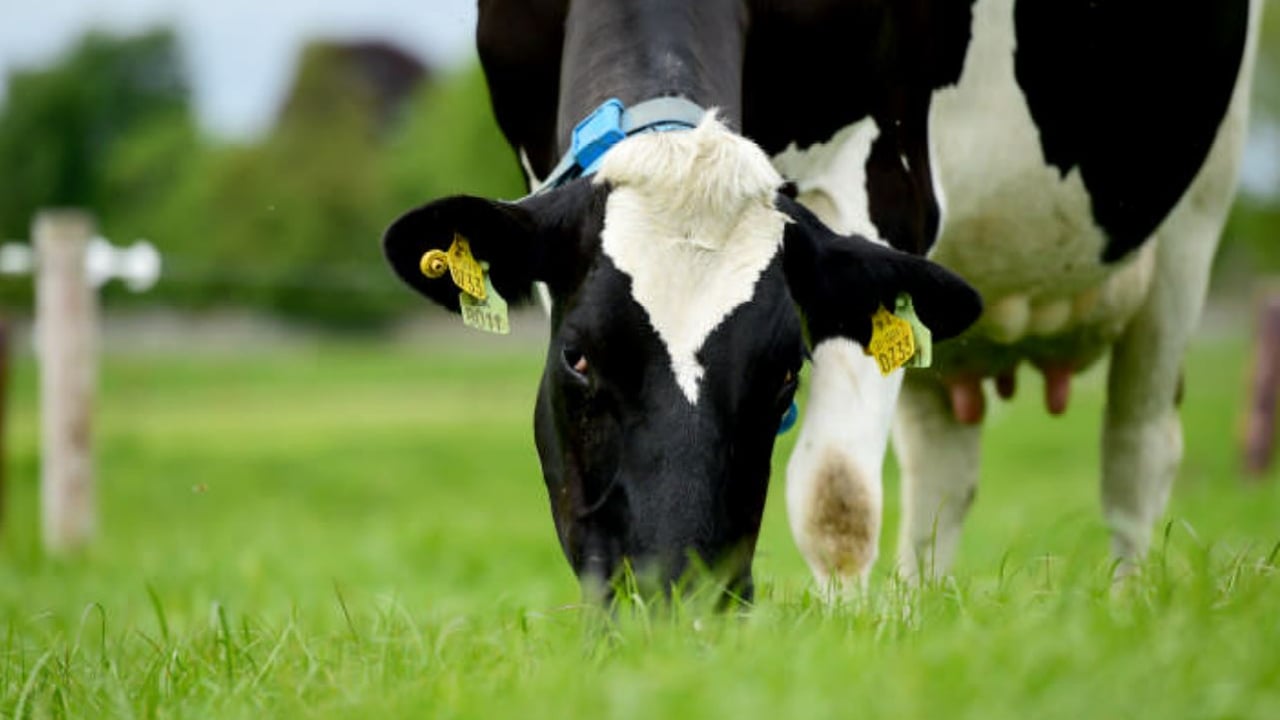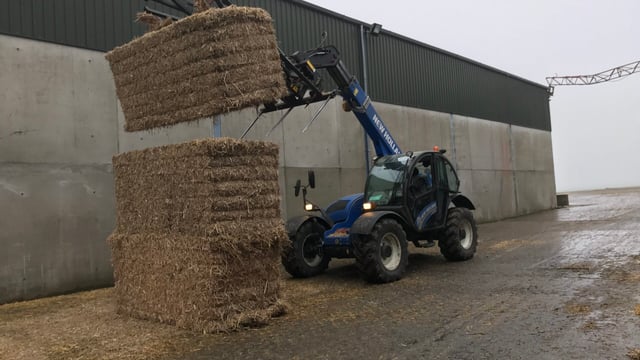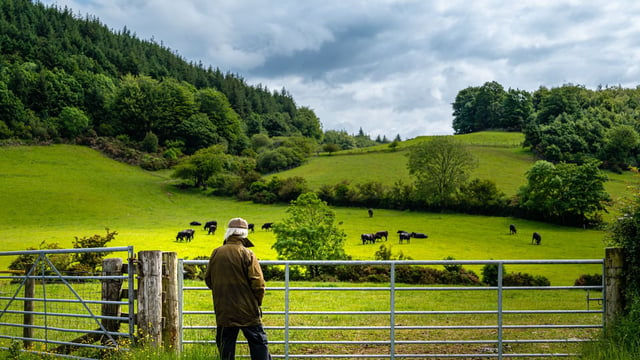The future for Ireland is dairy
After 18 months or so of battening down the hatches those new, post-quota entrants into Irish dairy are now seeing the real benefits of getting up early every morning.
And this is particularly the case for those farmers who can produce milk with high solids and a low cell count.
There is little doubt that farmgate milk prices will fall over the next month or so. But, if the experts are to be believed, returns should be maintained at reasonably sustainable levels.
The commitment by the co-ops to offer long-term supply contracts at realistic prices is proof positive, in my opinion, that world dairy markets will remain reasonably buoyant into the future.
The world’s population continues to increase at an exponential rate while the demand for dairy proteins increases accordingly.
I think it is very significant that the Irish dairy sector is leading the way in two fundamentally-critical aspects of milk processing. These are the manufacture of infant formula powders and the utilisation of dairy ingredients, such as whey proteins, in sports nutrition products.
UCD’s Professor Patrick Wall keeps telling us that farmers are now in the “health business”. No longer are they mere producers of basic food products. And he’s absolutely right.
But, no doubt, this matter will be addressed in the not-too-distant future. In the meantime, Irish dairy farmers have it within their own grasp to put in place a plan-of-action that should deliver a sustainable future for them – pretty much irrespective of what happens on world milk markets.
Producing milk from grazed grass remains our number one asset. The good news here is that most Irish farms have the potential to increase their grassland output by up to 25% without, I would argue, breaking sweat.
The other real bonus is that current payment systems are now genuinely rewarding those farmers who can produce milk solids in the most efficient way possible.
Our milk processors want fat and protein; they do not want water. And, again, getting this issue sorted is one that is totally within farmers’ control.





